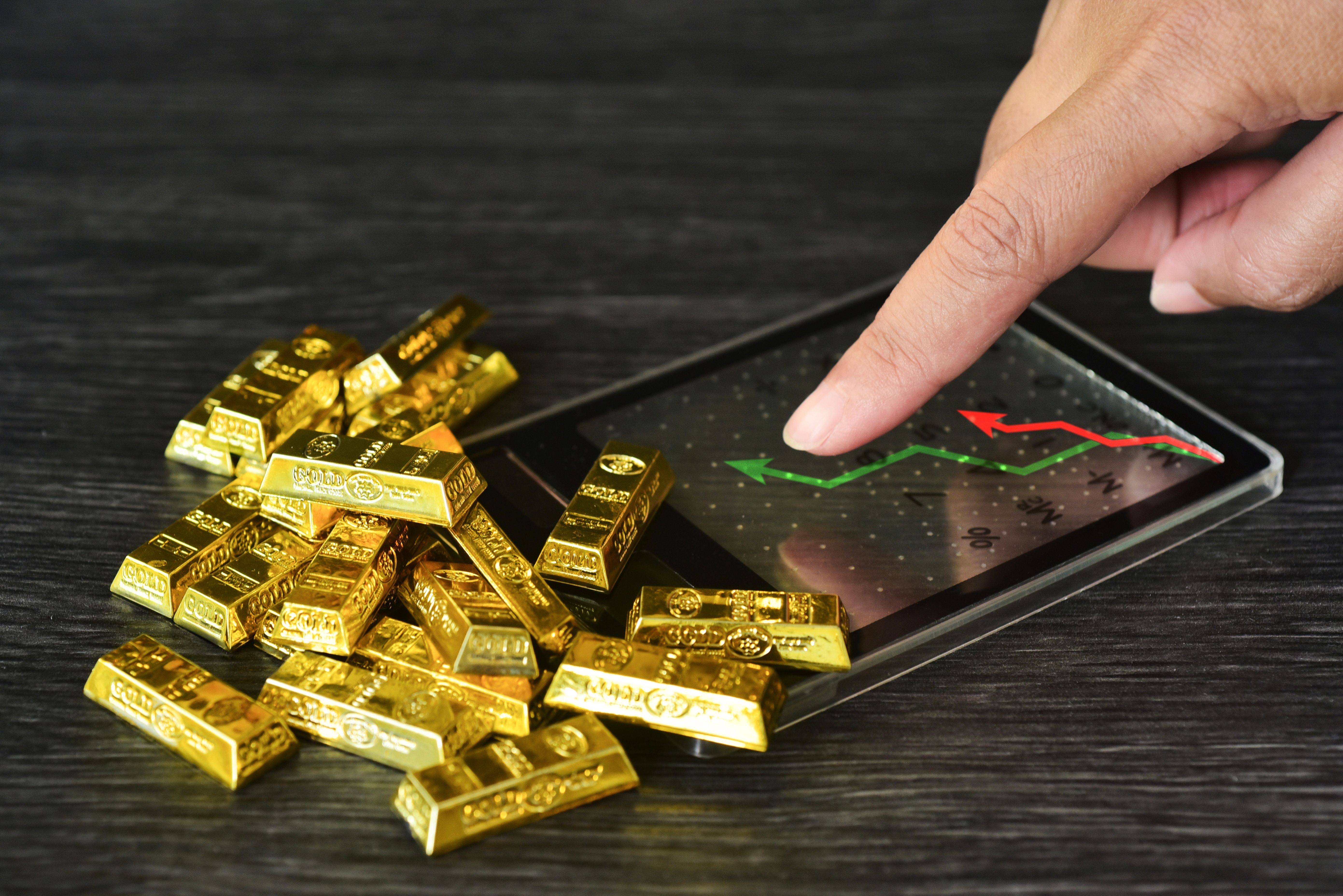As we approach the end of 2024, the financial landscape has revealed a remarkable year for various commodities, contrasting sharply with the fluctuations seen in stock markets. This article delves into the performance of six major commodities: gold, silver, steel, copper, aluminium, and natural gas, exploring the factors that influenced their prices and what the future may hold.
Why These Commodities?
The selection of these commodities is significant, particularly in the context of India, where they play crucial roles in both the economy and cultural practices.
Gold and Silver: These precious metals are deeply embedded in Indian culture, serving purposes that range from religious rituals to industrial applications and financial security. Their demand remains robust, particularly in the festive seasons.
Natural Gas: As a vital energy source, natural gas is essential for India’s growing energy needs. However, the country relies heavily on imports due to limited domestic production capabilities.
Industrial Metals (Steel, Copper, Aluminium): These metals are fundamental to India’s industrial growth. They are not only critical for traditional manufacturing but also for emerging technologies such as electric vehicles (EVs) and artificial intelligence (AI).
Gold: A Safe Haven
Gold prices soared by 29% in 2024, driven by several key factors:
Geopolitical Tensions: Heightened global uncertainties led to increased safe-haven demand. Central banks around the world purchased a record 483 tonnes of gold in the first half of the year, with the Reserve Bank of India (RBI) acquiring approximately 77 tonnes.
Economic Concerns: Issues related to global growth and inflation supported gold prices. Anticipation of interest rate cuts made gold an attractive investment.
Strong Asian Demand: Particularly from India and China, the demand for gold surged, bolstered by its use in electronics manufacturing.
Diversification from the US Dollar: Efforts to reduce reliance on the dollar further supported gold prices.
Future Outlook for Gold
The long-term outlook for gold remains positive, with expectations of continued central bank purchases, easing monetary policies, and strong consumer demand.
Silver: The Green Metal
Silver prices experienced a 30% increase in 2024, reaching a decade-high of $33 before stabilizing. Key drivers include:
Green Technology Demand: The global shift towards renewable energy and green technologies has significantly increased silver demand, particularly in solar panels and electric vehicles.
Supply Constraints: With projected demand of 1.20 billion ounces against a supply of 1.03 billion ounces, the market faces a supply deficit.
Safe-Haven Appeal: Similar to gold, silver is viewed as a safe-haven asset during economic uncertainty.
Future Outlook for Silver
Analysts predict a favorable outlook for silver, with potential price appreciation driven by ongoing demand from green technologies, although geopolitical uncertainties and economic slowdowns could pose risks.
Steel: A Downward Trend
In contrast to precious metals, steel prices continued their downward trend in 2024 due to:
China’s Economic Slowdown: As the largest producer and consumer of steel, China’s reduced consumption and output negatively impacted global prices.
Flooding of Cheap Steel: The weakness in China led to an influx of inexpensive steel in other markets, further suppressing prices.
Regional Demand: Despite the challenges, stronger demand from India and other economies in the MENA and ASEAN regions provided some support.
Future Outlook for Steel
The outlook for steel in 2025 appears weak, with a recovery heavily reliant on improvements in China’s economy. Any tariffs imposed by the new US government could also lead to price volatility.
Copper: Mixed Signals
Copper prices initially surged due to expectations of strong demand from various sectors, including EVs and AI. However, since early 2024, prices have cooled off due to:
Weak Manufacturing Growth: Particularly in China, which accounts for approximately 56% of global copper consumption.
Shift to Scrap Copper: Higher copper prices have led to increased usage of scrap copper, dampening demand for primary copper.
Future Outlook for Copper
While the long-term prospects for copper remain strong due to its role in green energy, near-term prices will likely be influenced by China’s economic performance and potential supply shortages.
Aluminium: Rising Prices
Aluminium prices surged in 2024, driven by:
Supply Constraints: Production cuts by major producers and rising alumina costs (up 40%) due to supply chain disruptions.
Demand from Renewable Energy: Anticipated growth in demand from renewable energy projects has further supported prices.
Future Outlook for Aluminium
The outlook for aluminium is cautiously optimistic, with potential price gains if supply issues persist. However, trade tensions and China’s economic slowdown could pose challenges.
Natural Gas: Volatile Waters
Natural gas prices surged by 67% in 2024, influenced by:
Geopolitical Factors: The ongoing Ukraine conflict and its impact on Russian gas supplies to Europe created volatility.
Weather Conditions: Cold weather in key regions and supply disruptions from events like Hurricane Rafael contributed to price increases.
Future Outlook for Natural Gas
The future of natural gas prices appears mixed, with expectations of rising prices in 2025 due to ongoing supply challenges, but stabilization beyond 2026 as production increases.
Commodity Trends at a Glance
Commodity
Positive Price Drivers
Key Risks
Overall 2025 Outlook
Gold
Central bank buying, safe-haven demand
Rate cuts, market corrections
Favorable
Silver
Green tech demand, safe-haven appeal
Economic slowdown, supply deficit
Favorable
Steel
Improvement in Chinese demand
Weakening economy, US tariffs
Weak
Copper
Green energy demand, supply constraints
China slowdown
Mixed
Aluminium
Green energy, supply constraints
Trade tensions, high input costs
Mixed
Natural Gas
Energy transition, favorable weather
Geopolitical tensions, supply volatility
Mixed
What Does This Mean for Investors?
For investors, 2024 has been a year of strong performance in commodities, which may tempt novice investors to dive into this asset class. Commodities can indeed provide diversification benefits; however, they are influenced by global events that are often unpredictable.
Investors should approach commodity investments with caution, understanding the inherent risks. A simpler way to gain exposure to commodities is through Exchange-Traded Funds (ETFs), which offer a low-cost, liquid, and diversified investment option. Currently, in India, gold and silver ETFs are available, allowing investors to participate in these markets without the complexities of direct ownership.
Select Commodity ETFs (by AUM size)
Name
AUM (₹Cr.)
Expense Ratio (%)
1-Year Return (%)
3-Year Return (%)
5-Year Return (%)
Nippon Gold ETF (GOLDBEES)
15,064
0.81
19.85
4.58
8.2
ICICI Pru Gold ETF
10,984
0.50
20.02
2.42
22.4
HDFC Gold ETF
5,782
0.18
19.92
7.82
27.8
ICICI Pru Silver ETF
7,748
0.40
17.31
18.11
18.1
Nippon Silver ETF (SILVERBEES)
5,087
0.56
17.33
38.83
38.8
Kotak Silver ETF
737
0.45
3.83
3.83
3.8
Source: NSE India, Value Research; Data as of 27-12-24
Disclaimer: This article is for informational purposes only and should not be considered investment advice. Investors should consult with financial experts before making any investment decisions.
In conclusion, 2024 has been a remarkable year for commodities, with significant price movements influenced by a variety of factors. As we look ahead, understanding these dynamics will be crucial for investors navigating this complex landscape.




